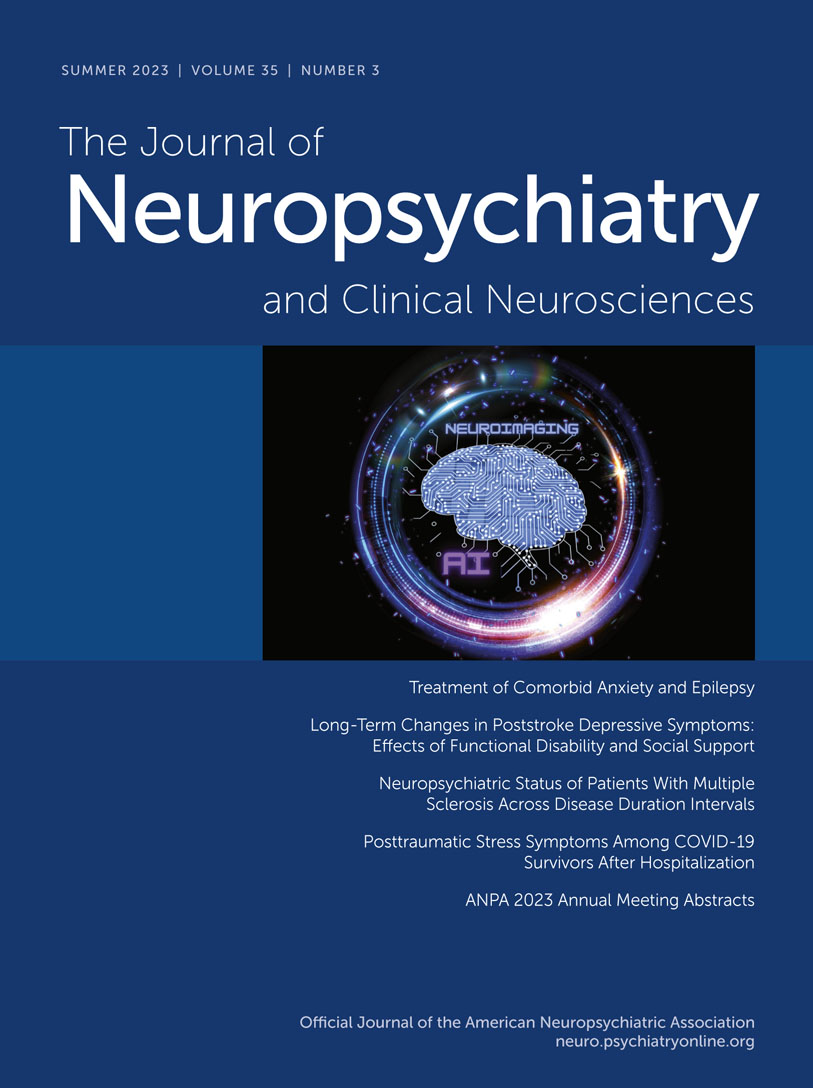Treatment of Comorbid Anxiety and Epilepsy
Abstract
Objective:
Anxiety is among the most common psychiatric illnesses, and it commonly co-occurs with epilepsy. This review of the existing literature on anxiety comorbid with epilepsy aims to generate new insights into strategies for assessment and treatment.
Methods:
The authors conducted a narrative literature review to select key publications that help clarify the phenomenology and management of comorbid anxiety and epilepsy.
Results:
Anxiety symptoms may be relevant even if the criteria for a diagnosis of an anxiety disorder are not met. Associating specific seizure types or seizure localization with anxiety symptoms remains difficult; however, the amygdala is a brain region commonly associated with seizure foci and panic or fear sensations. The hypothalamic-pituitary-adrenal axis may also be relevant for anxiety symptoms, particularly for the selection of treatments. Nonpharmacological treatment is appropriate for anxiety comorbid with epilepsy, particularly because relaxation techniques may reduce hypersympathetic states, which improve symptoms. Medication options include antidepressants and anticonvulsants that may have efficacy for anxiety symptoms. Benzodiazepines are a good choice to address this comorbid condition, although side effects may limit utility.
Conclusions:
Ultimately, there are numerous treatment options, and although there is a limited evidence base, quality of life may be improved with appropriate treatment for individuals experiencing comorbid anxiety and epilepsy.
Access content
To read the fulltext, please use one of the options below to sign in or purchase access.- Personal login
- Institutional Login
- Sign in via OpenAthens
- Register for access
-
Please login/register if you wish to pair your device and check access availability.
Not a subscriber?
PsychiatryOnline subscription options offer access to the DSM-5 library, books, journals, CME, and patient resources. This all-in-one virtual library provides psychiatrists and mental health professionals with key resources for diagnosis, treatment, research, and professional development.
Need more help? PsychiatryOnline Customer Service may be reached by emailing [email protected] or by calling 800-368-5777 (in the U.S.) or 703-907-7322 (outside the U.S.).



